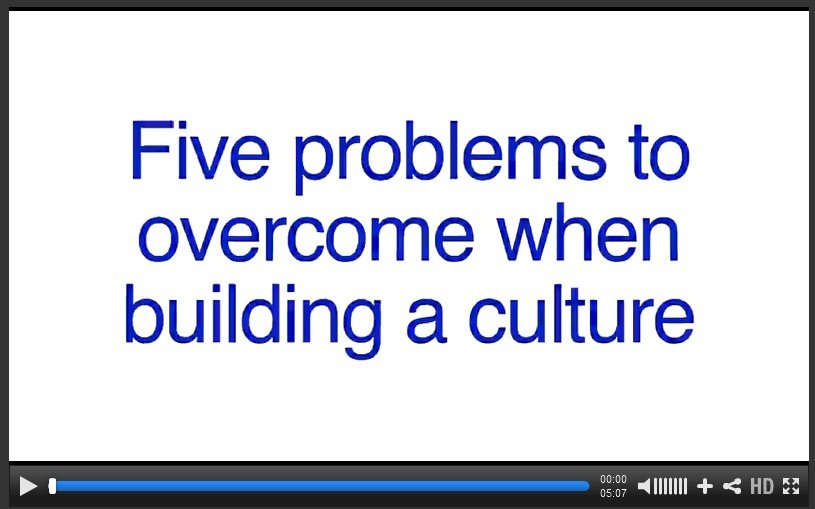
Leaders often make mistakes when building a service culture throughout an organization. It’s not an easy task. To develop a culture that demonstrates true service leadership in your field, you must avoid these five common mistakes:
1. The frontline lacks top-down support.
Often when organizations seek to improve their service performance, they rush to train employees on the front line. This seems to make sense because the customer service team and call center representatives are usually the people who speak directly with the customer. But if the front line isn’t backed up by managers, senior leaders, and operations staff who understand the same service principles and speak the same service language, then you’re asking the front line to do something for which they have insufficient support.
Don’t make this mistake. Provide service education for everyone in the organization…and start with those who are serving at the front line!
2. Training alone won’t solve the problem.
Training and education are vital to developing a superior service culture. After all, your team must share the same high service goals and speak the same service language. But training and education aren’t enough. Many other elements contribute to your culture and determine how consistently committed team members will be.
- Are you hiring the right people?
- Is your new staff orientation engaging and innovative?
- Are your internal and external newsletters sharing worthwhile content, or only promoting the company line?
- Are only sales people being rewarded? Should team members providing superior customer service also be recognized for their work? Should team members who provide great internal service also be rewarded?
- Are you measuring costs, but not measuring customer service?
Remember: your entire organization must support the shift to delivering excellence in service. You can’t solve the problem just by training your team members.
3. Each organizational function has its own priorities.
At the end of the day, everyone in the organization wants the same results: superior service that creates delighted clients, increases market share and revenue, raises reputation, and attracts and retains the best staff. But during the day, each person and department may be chasing different outcomes.
If each organizational function is focused only on its own function, then there is a lack of unity that will disrupt your culture-building efforts. Leaders must pull the organization together to define and align on a vision of superior service, and create clarity in how every organizational function contributes to making this vision real.
4. “This is the way we do it.”
If the reason behind your current service is “This is the way we do it because we’ve always done it this way,” then you are missing out on new ways to build a more effective and responsive service culture. Historic procedures and performance may have been based on measurable KPIs or specific revenue targets. But this way of thinking may be preventing your team members from creating something new.
Are your standard operating procedures actually contributing to your service culture, or are they just standard? Imagine what you want your service culture to look like tomorrow – what should you be doing to accomplish that?
5. Senior leadership has an unwillingness to learn.
You don’t get to a senior position without being very, very good at some particular aspect of the business: technical, financial, strategic, etc. But few folks in senior positions have “delivering superior service” as one of their outstanding strengths. So it’s vital for senior leaders to say, “I want our new service strategy to succeed, and I may not know everything we need to do to make this really happen. We need some guidance. I am going to seek the best advice, and follow it.”
This upbeat and open attitude of senior leaders can attract and align the experience of other team members in other organizational functions too – showing everyone that those at the top support new learning and leadership at every level.
Watch Ron Kaufman speak about overcoming these roadblocks (6 minutes)




